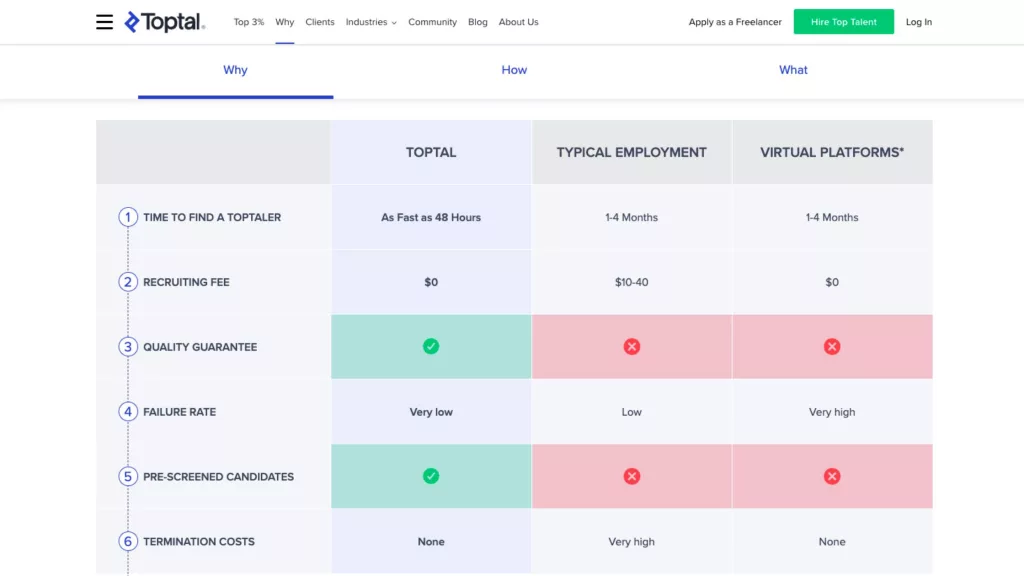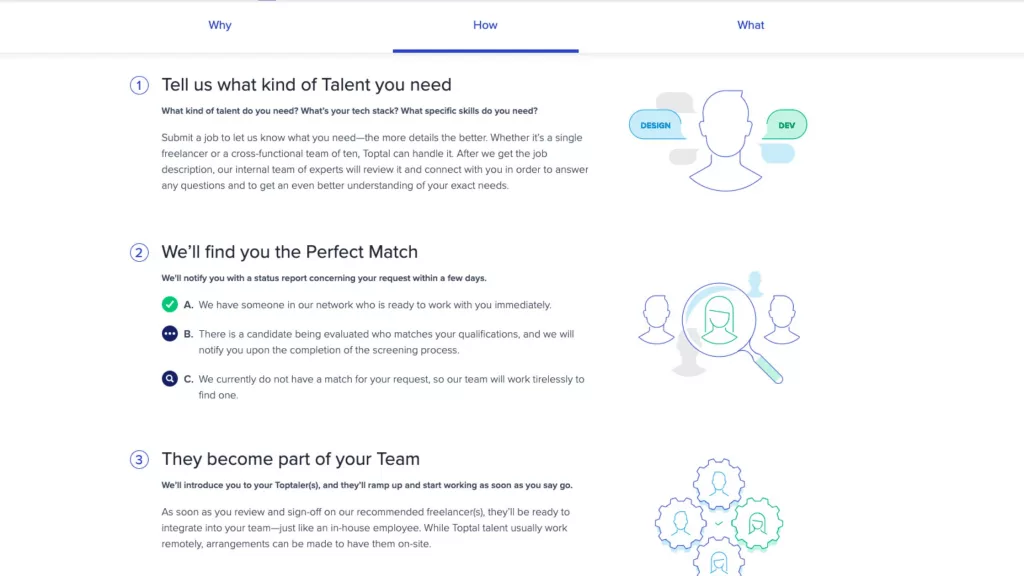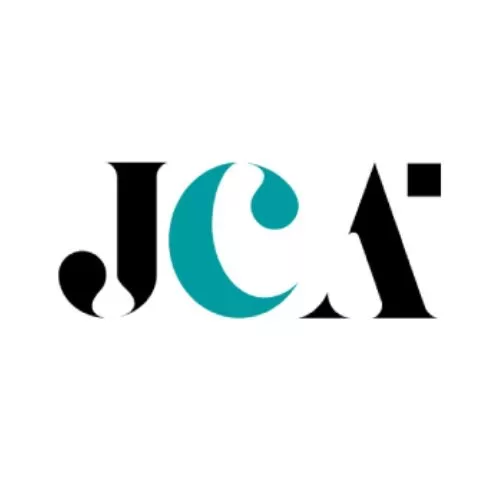Hello JCA readers!
You might know, Toptal, short for “Top Talent,” has been a prominent player in the app and tech space for years.
As of 2025, it remains a popular choice for both businesses seeking skilled professionals and freelancers looking for rewarding opportunities. In this comprehensive Toptal review, we will delve into the pros and cons of Toptal, shedding light on the platform’s strengths and weaknesses.

Also read: Top Cybersecurity Tips for Remote Workers
Advantages of Using Toptal:
1. Access to Top Talent
Toptal’s core promise is its ability to connect businesses with top-notch freelancers. It maintains a rigorous screening process, admitting only the top 3% of applicants. This ensures that clients can tap into a pool of highly skilled professionals, making it an excellent choice for those in search of top talent.
Also read: How to Choose the Right Tech Stack for Your Business
2. Diverse Skill Sets
Toptal offers a wide array of IT skills and expertise, ranging from software development and design to project management and finance. This diversity allows businesses to find specialists in various domains, making it a one-stop solution for diverse project requirements.

3. Matching Algorithm
Toptal employs a proprietary matching algorithm that pairs clients with freelancers who possess the right skills and experience for their projects. This intelligent system saves clients time and effort in the talent selection process, increasing the chances of finding the perfect match.
4. Flexibility and Scalability
For businesses, Toptal provides flexibility and scalability. Whether you need a single freelancer for a short-term project or an entire team for a long-term engagement, Toptal can accommodate your needs. This adaptability is valuable for startups and enterprises alike.
5. Quality Assurance
Toptal offers a no-risk trial period to clients hiring freelancers. During this period, clients can assess the freelancer’s performance and compatibility with the team. If the client is not satisfied, Toptal provides a replacement at no additional cost, ensuring quality assurance.
6. Transparent Pricing
Toptal’s pricing structure is transparent, with no hidden fees. Clients can choose from hourly and monthly billing options, making it easy to manage budgets and project costs. This transparency is appreciated by businesses of all sizes.
Also read: IT Skills You Should Learn
7. Global Talent Pool
Toptal boasts a global network of freelancers, allowing clients to access talent from around the world. This geographical diversity can be advantageous when seeking specialized skills or accommodating different time zones for remote collaboration.
8. Support and Expertise
Toptal offers exceptional customer support and guidance throughout the project lifecycle. Their team of experts helps clients navigate challenges, ensuring a smooth and successful partnership with freelancers.

Cons of Using Toptal
1. High Cost
One of the most significant drawbacks of Toptal is its premium pricing. While the platform provides access to top talent, this often comes at a steep cost. For startups and small businesses with limited budgets, Toptal may not be the most cost-effective option.
2. Lengthy Screening Process
Toptal’s commitment to quality means that its screening process can be time-consuming. Both clients and freelancers may experience delays in onboarding, which can be frustrating for those looking for immediate solutions.
3. Limited Pool of Freelancers
Despite its rigorous screening, Toptal’s pool of freelancers is limited compared to other freelancing platforms. This can be a limitation for clients seeking niche or specialized skills that may not be readily available within Toptal’s talent pool.
4. Ongoing Management
While Toptal helps with the initial matching process, ongoing management of freelancers falls primarily on the client. This can be challenging for clients who prefer a more hands-off approach or lack experience in remote team management.
5. Geographical Limitations
While Toptal offers access to global talent, it may not be the best choice for businesses that specifically require on-site or region-specific expertise. Some projects benefit from in-person collaboration, which Toptal’s remote model may not fully support.
6. Exclusivity
Toptal’s exclusivity requirement, which prohibits freelancers from working on other platforms, can be limiting for freelancers looking to diversify their client base. This policy may deter some skilled professionals from joining the platform.
7. Competition for Freelancers
Given Toptal’s stringent screening process, competition among clients for the available freelancers can be intense. Popular freelancers may have their pick of projects, making it challenging for some clients to secure top talent.
8. Legal and Tax Complexity
Depending on the client’s location and the freelancer’s nationality, legal and tax considerations can become complex. Toptal’s international nature can lead to challenges in navigating these issues.
You may also like: Mobile Proxies VS Residential Proxies: Pros and Cons
Conclusion
In the world of remote work and freelancing, Toptal stands as a platform with undeniable advantages, providing businesses with access to top talent, diverse skill sets, and an efficient matching algorithm.
If you like working remotely, you must have a look at 4 Ways to Utilise Microsoft Teams for Your Remote Working Team.
Its flexibility, quality assurance, and global reach make it a valuable resource for many organizations. However, it is essential to weigh these benefits against the platform’s high cost, lengthy screening process, and limitations in terms of freelancer availability and geographical restrictions.
Ultimately, whether Toptal is the right choice for your business depends on your specific needs and budget. For those seeking top-tier talent and willing to invest in quality, Toptal can be a game-changer.
However, startups and small businesses with limited financial resources may need to explore more cost-effective alternatives. Regardless of your decision, Toptal remains a significant player in the freelancing and remote work ecosystem, and its continued evolution will likely shape the industry for years to come.










Leave a Reply